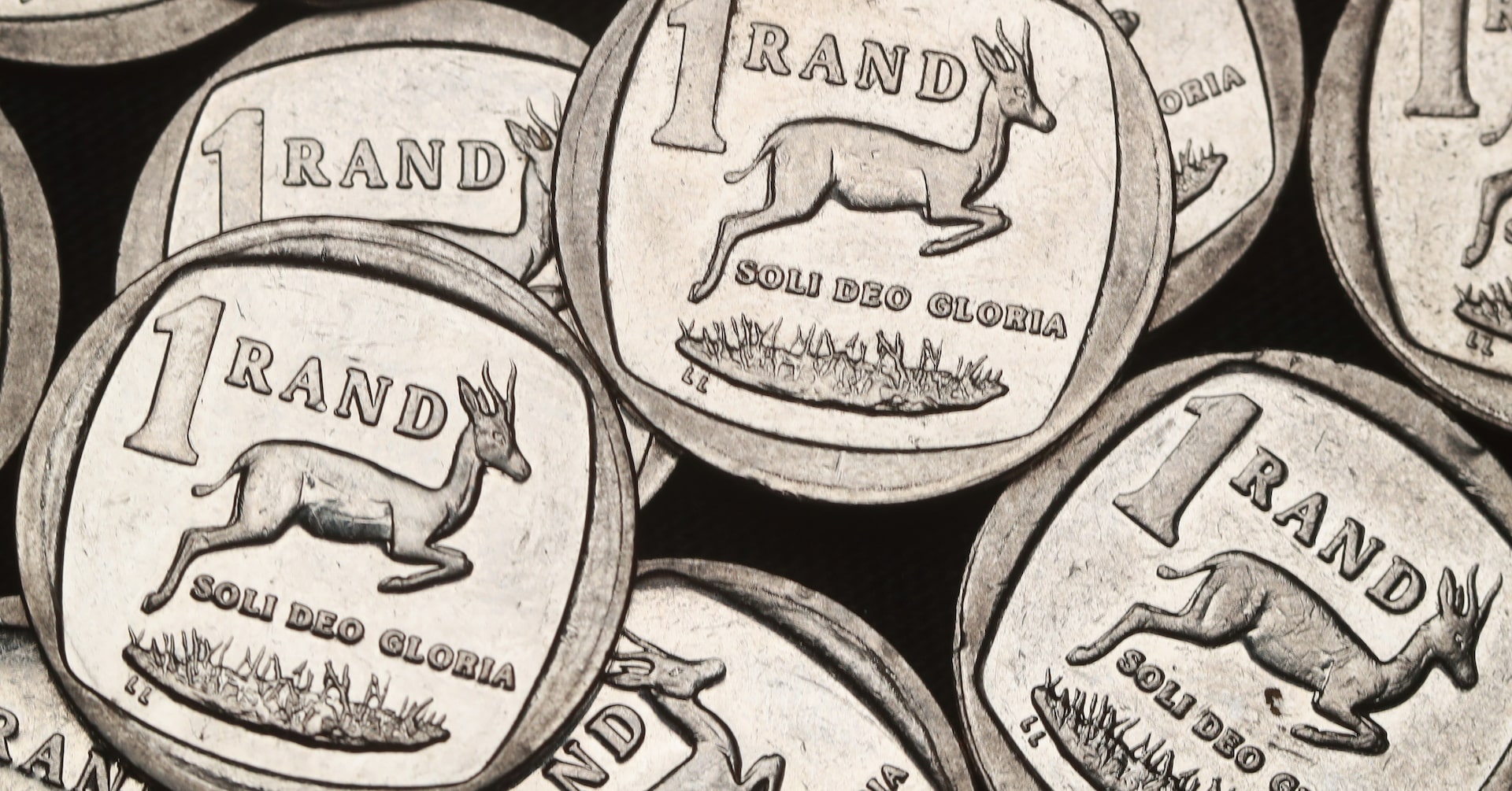The South African rand experienced a sharp decline on October 14, 2025, primarily driven by disappointing domestic mining production data and alongside a global shift toward risk aversion due to escalating geopolitical tensions. This decline underscores the sensitivity of the rand to both local economic indicators and broader international market sentiment.
Mining Sector Weakness
Statistics South Africa reported that mining output fell by 0.2% year-on-year in August 2025, significantly missing forecasts that anticipated an increase of around 1.0%. This decline contrasts sharply with July’s revised growth of 5.1%, suggesting a slowing momentum in South Africa’s crucial mining sector. Given that the country is a leading global producer of key metals like gold, platinum, and palladium, reduced mining production negatively impacts export revenues and overall economic health.
Market Reaction and Currency Movement
Following the release of these figures, the rand weakened notably, trading at 17.41 against the US dollar—a depreciation of 0.6% from the previous day. The currency’s sell-off was compounded by broader risk-off sentiment in global markets, especially amid rising US-China trade tensions that have heightened fears of global economic volatility. These tensions have manifested in new port fees imposed by both countries on ocean shipping, disrupting international trade flows and contributing to a cautious investor stance.
Commodity Prices and Other Economic Signals
Amid this unfavorable backdrop, gold prices soared to historic highs, reaching above $4,100 per ounce. Similarly, silver prices hit record levels, buoyed by speculation over potential interest rate cuts by the US Federal Reserve, which could weaken the US dollar and support commodity prices. These gains in precious metals offered partial relief for South Africa’s export earnings but were insufficient to offset the impact of declining mining activity.
Business sentiment presented a mixed picture, with a domestic survey showing improved confidence in September backed by strong tourism, higher precious metal prices, and rising exports. However, this optimism was overshadowed by the rand’s depreciation and a decline of 0.4% in the Johannesburg Stock Exchange Top-40 index. Government bond yields also inched higher, reflecting investor caution.
Economic Implications
The South African economy heavily depends on mining as a pillar for GDP, foreign exchange, and employment. A downturn in mining output directly threatens economic growth prospects and the rand’s stability. Combined with external pressures from trade conflicts and geopolitical risks, the rand’s vulnerability to shifts in market risk sentiment is evident.
Below is a table summarizing key economic indicators affecting the rand around mid-October 2025:
| Date | Rand to USD Rate | Mining Output Growth (%) | Gold Price per Ounce (USD) | JSE Top-40 Index Change (%) |
|---|---|---|---|---|
| 2025-10-10 | 17.32 | 5.1 | 4000 | -0.2 |
| 2025-10-13 | 17.31 | N/A | 4100 | -0.3 |
| 2025-10-14 | 17.41 | -0.2 | 4125 | -0.4 |
This table highlights the correlation between the rand’s exchange rate, mining data, commodity prices, and market performance, illustrating the pressures that led to the currency’s weakening.
In conclusion, the recent fall of the South African rand is a response to both disappointing mining sector data and a broader market aversion to risk amid geopolitical tensions. The country’s economic health and currency value remain closely tied to mining production trends and global commodity markets, making future stability contingent on improvements in these areas and easing international tensions.

